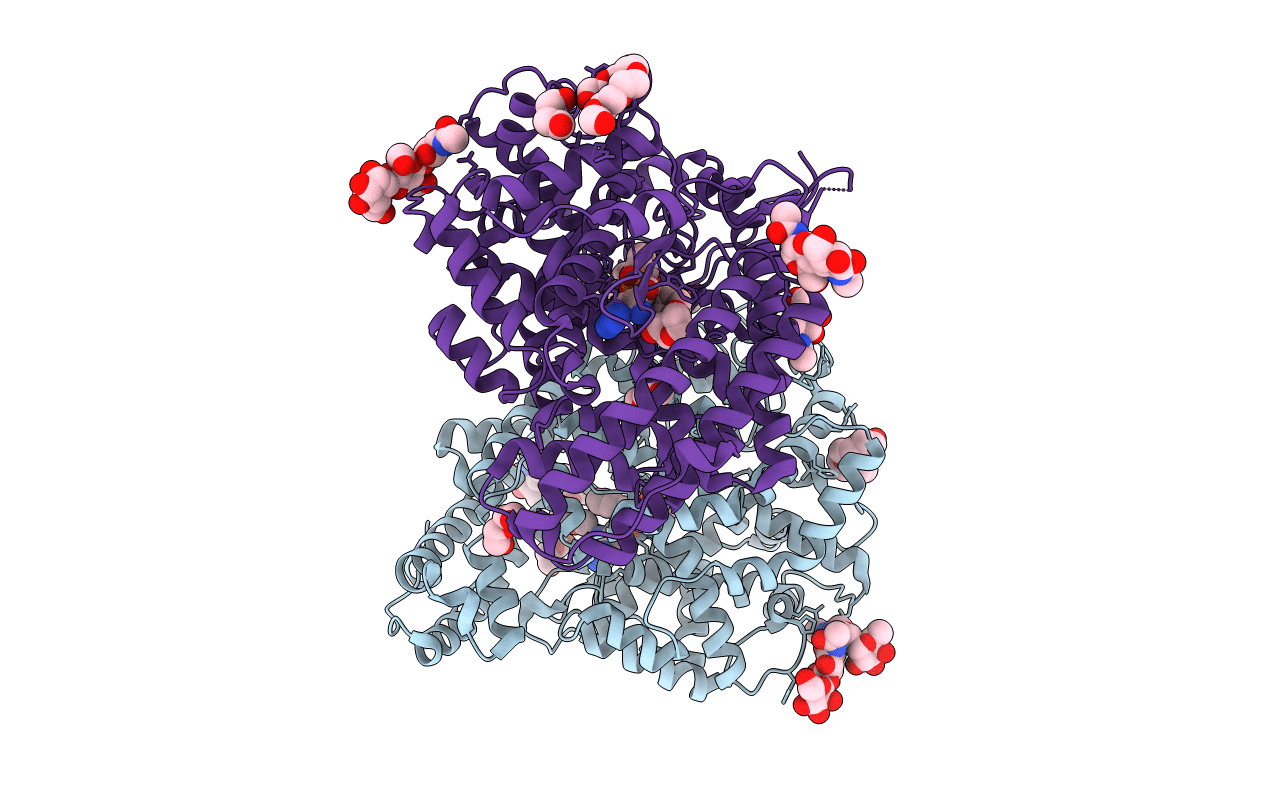
Deposition Date
2013-07-12
Release Date
2013-09-18
Last Version Date
2024-10-16
Entry Detail
PDB ID:
4BXK
Keywords:
Title:
Crystal structure of the Angiotensin-1 converting enzyme N-domain in complex with a domain-specific inhibitor
Biological Source:
Source Organism:
HOMO SAPIENS (Taxon ID: 9606)
Host Organism:
Method Details:
Experimental Method:
Resolution:
2.20 Å
R-Value Free:
0.21
R-Value Work:
0.18
R-Value Observed:
0.18
Space Group:
P 1


